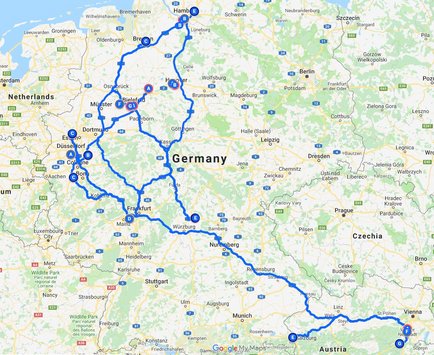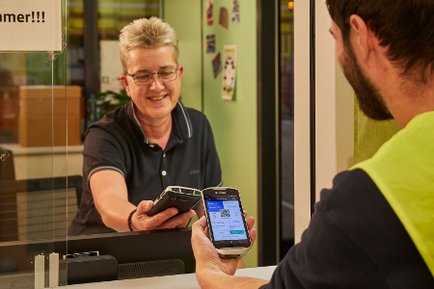
Zur Übersicht für GS1 Standards
-
Identifikation
- Unternehmen (GLN)
- Produkte (GTIN, SGTIN)
- Versandeinheiten (SSCC/NVE)
- Gegenstände (GIAI)
- Wiederverwendbare Transportverpackungen (GRAI)
- Gutscheine (GCN)
-
Klassifikation
- Produktklassifikation (GPC)
- Warenklassifikation (SWK)
-
Barcodes / RFID
- EAN Barcode
- Zukunft 2D-Code
- GS1-128
- GS1 DataBar
- GS1 DataMatrix
- EPC / RFID
- GS1 Datenbezeichner
-
Datenaustausch
- EANCOM
- WebEDI
- GS1 XML
- GS1 SmartSearch
- EPCIS
- GS1 Digital Link
-
Umsetzung
- Fachpublikationen
- GS1 Germany Solution Partner
-
Consulting
- Standards
-
Weiterentwicklung
- Gremienprojekte
- Forschungsprojekte
Branchen
- Fashion, Schuhe, Sport
-
Gesundheitswesen
- Medizinprodukte (UDI)
- Gesundheitseinrichtungen
- Arzneimittel
- COVID-19 Supply Chain
-
Technischen Industrien
- Bahnsektor
- Verfahrenstechnik
- Maschinenbau
- Bundeswehr
- FMCG
- Obst- und Gemüse
- Fleisch
- Foodservice
Overview for GS1 Shopper Experience
- Category Management
- Trainings
- Consulting & Services
- Services
- Studien & Insights
- Experten








Comments
No Comments